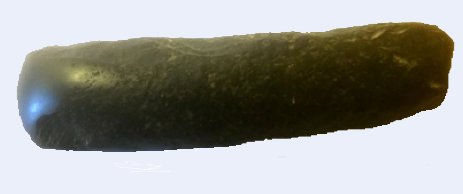Plague is a serious disease caused by the bacterium Yersinia Pestis. It is rare nowadays but was responsible for the Great Plague of London in 1665, for example. Looking further back, most people have assumed it presented as the Black Death in the Middle Ages, but with some scholars unconvinced until relatively recently. More daringly, some have wondered if the pandemic that took place in the reign of the Roman emperor Justinian might be the same disease.
Recent work with datable human remains makes it almost curtain that Y. Pestis is indeed what caused all three of these plagues with a small ‘p’. Blood flows into a living tooth, and a pathogen in the blood may be in the teeth of a person when they die. Tooth enamel is very resistant and fragments of pathogen DNA can survive in the tooth for thousands of years.
Researchers have collected DNA samples by drilling into ancient teeth and used computers to reassemble the fragments and look for a sequence that identifies Y. Pestis. Results show that almost certainly the Great Plague of London, the Black Death, and the Justinian plague were the same thing.
And here’s a big surprise; it turns out the bacterium has been about for some 5000 years at least. But it only changed into the deadly form about 4000 years ago, when it swapped in a gene from some other bacterium.
See Ancient Plagues Shaped the World, Scientific American, November 2020.
